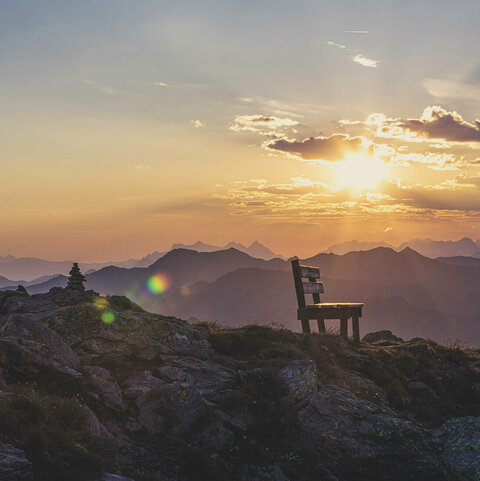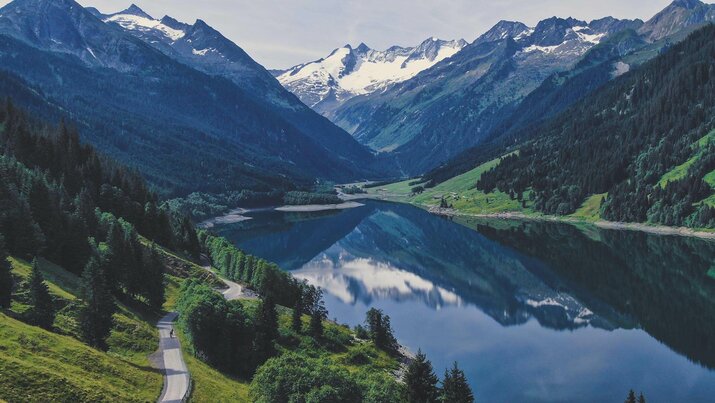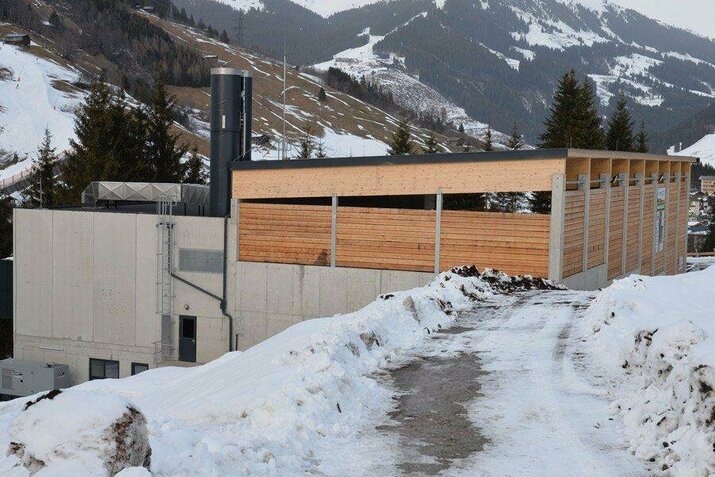Sustainable energy production
There are photovoltaic plants in the Zillertal Arena in Hochkrimml, Zell am Ziller and Gerlos. The latest plant at Stuanmandlbahn cable car in Gerlos can power the carbon-neutral transport of more than 640,000 people each season on Vorkogel surface lift.
The five photovoltaic systems in Gerlos generate a total of approx. 200,000 kWh per year.
- 10EUB Dorfbahn valley station 132,6 kWp
- Mover XL at Dorfbahn top station 15 kWp
- Arena Center practice area’s magic carpet 18.25 kWp
- 10EUB Stuanmandlbahn top station 19.2 kWp
- 6SB Moseltret 39 kWp
The photovoltaic plant in Zell am Ziller at the 8EUB Rosenalm bottom station with 53 kWp generates approx. 55,000 kWh per year
The photovoltaic plant in Hochkrimml at the Plattenkogel X-Press II generates approx. 50,000 kWh per year. This corresponds to a CO2 saving of 25 tonnes per year – the same amount of CO2 that 200 medium-haul flights from Munich to Mallorca cause per person. As a result, about 3,200 trees did not have to absorb CO2. The photovoltaic plant in Hochkrimml at the Filzsteinbahnen generates approx. 16,000 kWh per year.
Outside the lift operating hours, the electricity generated is fed into the public grid. This brings both additional economic benefits and makes an active contribution to sustainable energy production.
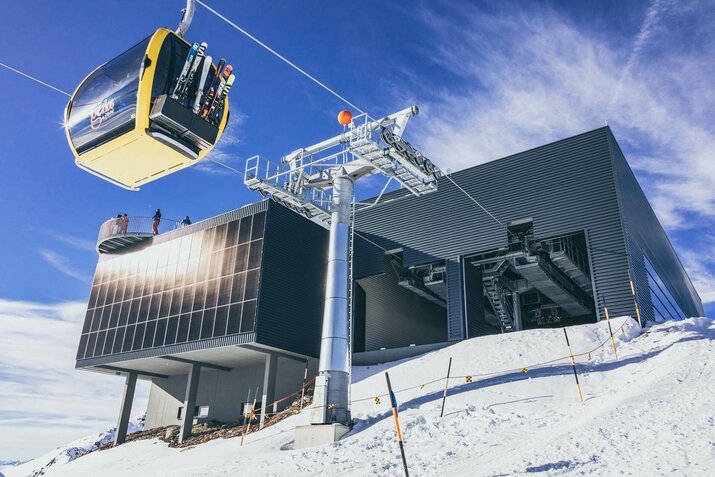
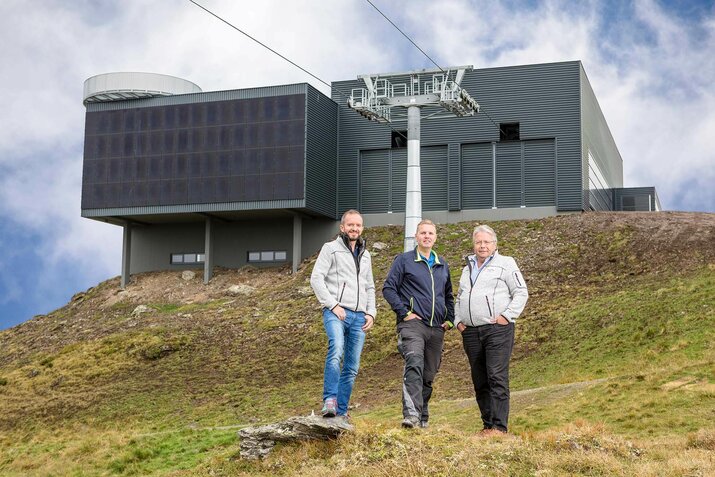
Hydropower & district heating plant
The two reservoirs with the network’s two large power plants in Gerlos and Zell am Ziller have a combined annual output of 347.3 GWh. 27 GWh of this annually produces valuable electricity from 100% hydropower at the Funsingau storage power plant, which has been in operation since 1968. This would make Gerlos virtually self-sufficient in electricity, with the exception of peak days.
Gerlos biomass heating plant
The biomass heating plant in Gerlos was commissioned in October 2013 and currently supplies 180 connected households (approx. 80%). The consumption amounts to approx. 20,000 loose cubic metres of wood chips, which in turn corresponds to approx. 7,000 solid cubic metres of firewood. Of this, the Federal Forestry Office’s annual harvest is 3,000 solid cubic metres of firewood in Gerlos. Together with the “Gmünd” project, which is currently being developed, 90% of households and accommodation establishments could be heated climate-neutrally with wood chips using renewable energy. This again accounts for 30% of a climate-neutral holiday. Furthermore, the Isskogelbahn and Dorfbahn Gerlos cable cars are also heated with district heating from wood.
- Connected load: 7,200 kW
- Annual heat output: 16,000 MWh
- Boiler performance: 4,000 kW
- Route length: approx. 6,700 m
- Customers: 180 households & businesses
The waste heat from the cable car drive is used for the Arena Center and in the Ebenfeld snow groomer garage, the waste heat from the snowmaking system’s compressors as well as its own solar system is used to generate energy.
E-mobility
E-mobility is a key focus in the Zillertal Arena. As of this summer, an electric vehicle is available at lake Fichtensee for clean, quiet and environmentally friendly transport up to Rosenalm. There are also a large number of e-cars in operation, used on a daily basis by directors, managers and employees of the Zillertal Arena. Wald-Königsleiten plays a pioneering role here with its e-BOB mobility programme. Visitors have access to e-cars and, in summer, e-bikes for an even better holiday.
E-charging stations in the Zillertal Arena:
- 2 charging stations with 4 charging spaces in Zell am Ziller, 8 further charging stations are planned
- 2 charging stations with 4 charging spaces at the Isskogelbahn cable car and 3 charging stations at the Dorfbahn Gerlos cable car
- 1 charging station in Wald
- 4 charging stations in Königsleiten
- 4 charging station in Krimml
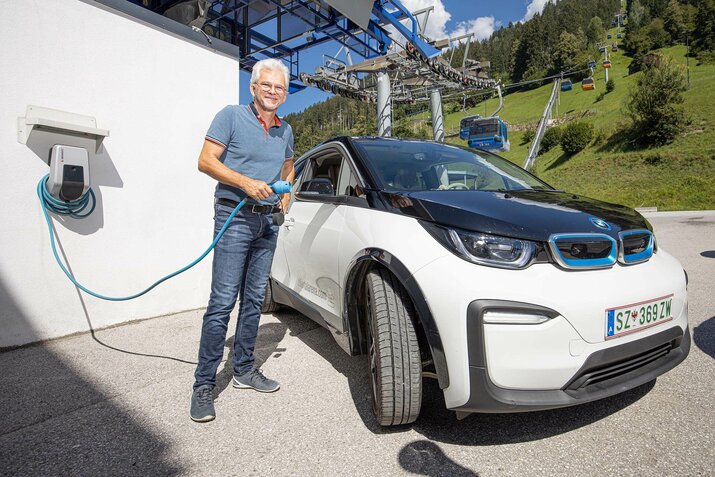
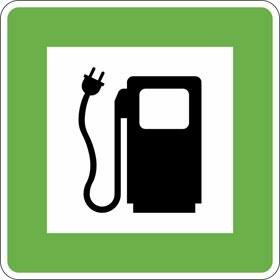

5742 Wald/Königsleiten
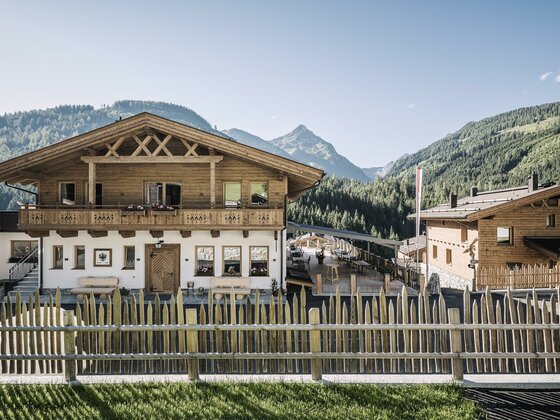

6281 Gerlos
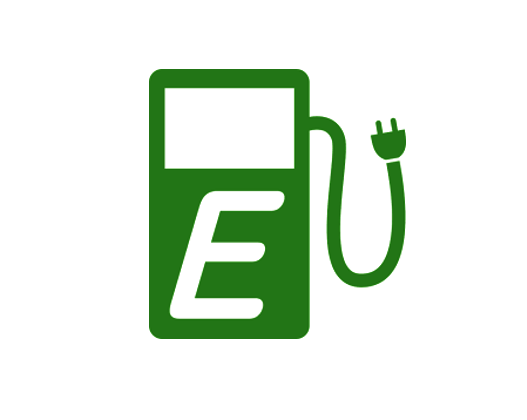

6278 Hainzenberg
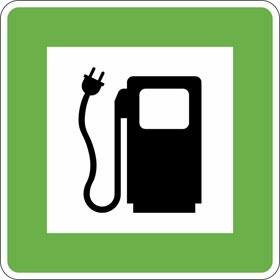

5742 Wald im Pinzgau
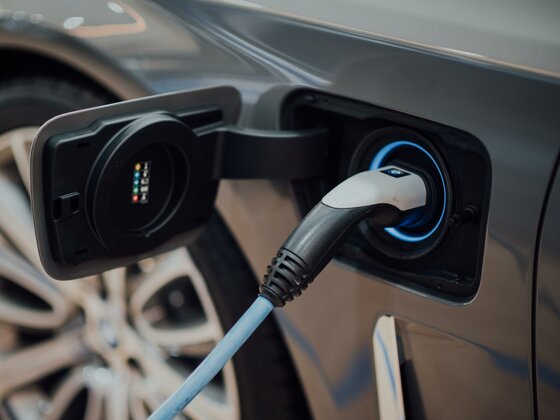

5743 Krimml
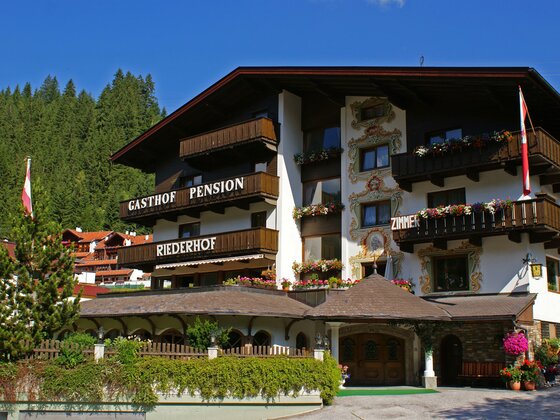

6281 Gerlos
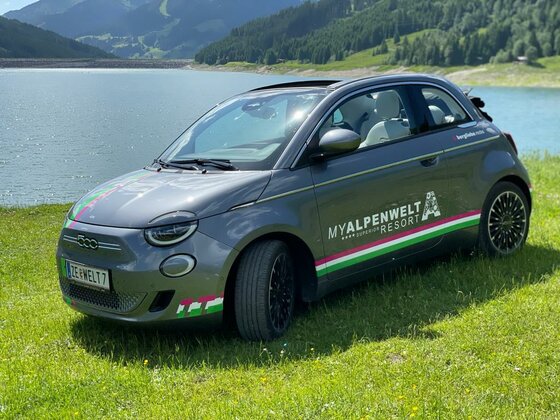

5742 Königsleiten
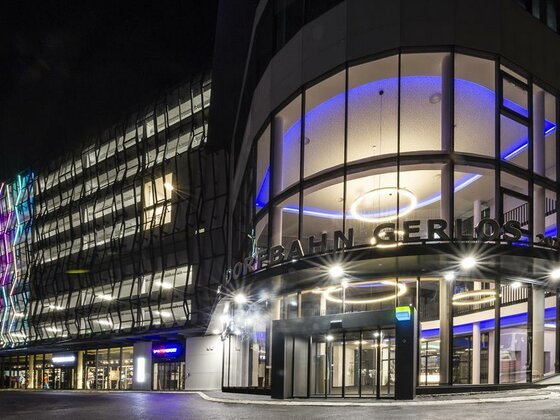

6281 Gerlos
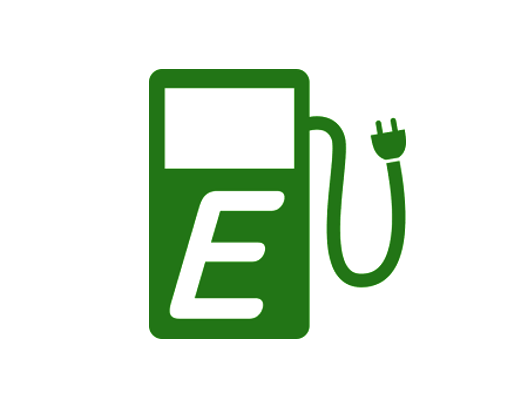

6277 Zellberg
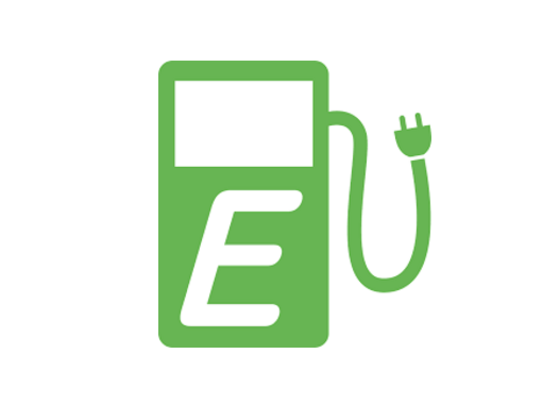

6280 Rohrberg
Local public transport
All villages in the Zillertal Arena have an extensive ski bus network for free travel to and from the ski area for all visitors. The Arena cable car companies make a significant contribution to the financing of the ski bus service, helping to reduce car traffic to the cable car stations. The local transport concept is rounded off by the cable cars’ ski storage, which facilitates convenient travel by local transport.
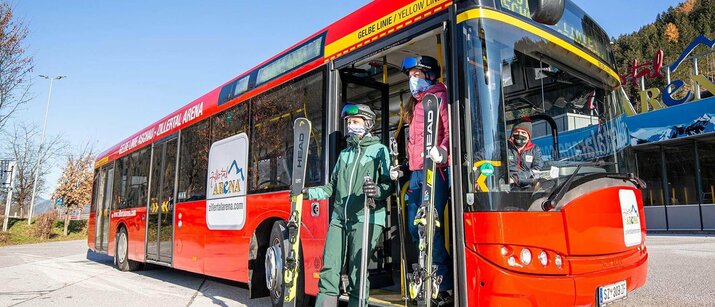
Zillertal Mobility Plan
Numerous measures are being implemented to sustainably improve the traffic situation in the valley within the framework of the Zillertal Mobility Plan. The holistic mobility concept includes the following key points, among others:
- Expanding bus & train services
- Shortening the journey times on the Zillertalbahn, which is run carbon-free
- Optimal transport links to the Zillertal Arena with the new Rohrberg train station, just a few minutes away from the Karspitzbahn cable car.
- Guest card = ticket
Commitment to forestry & nature
Additional reforesting in the region
Every spring, we actively support reforestation work along the valley run in Zell am Ziller. The mixed forest is reforested with young firs, spruces, copper beeches and alders. Regular clean-ups in the ski area remove rubbish and make a sustainable contribution to environmental protection.
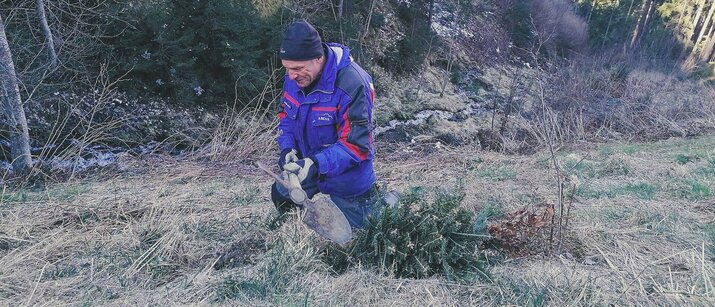
Environmentally friendly & sustainable ski run construction
A strong focus is placed on careful and sustainable ski run construction in the Zillertal Arena. Grass sods and dwarf shrub heaths are carefully removed in certain sites, temporarily stored and replanted once the ski run construction is completed to restore the relief typical of the landscape through recultivation in the high alpine terrain. Close cooperation with specialist planners for geology, hydrology, geotechnics and experts for alpine skiing and safety on the slopes, as well as ecologically and environmentally friendly implementation, are the foundation for every ski run construction project. In Zell am Ziller, the ski run construction projects are planned and implemented together with our long-standing partner Neuhauser Erdbau & Transporte.
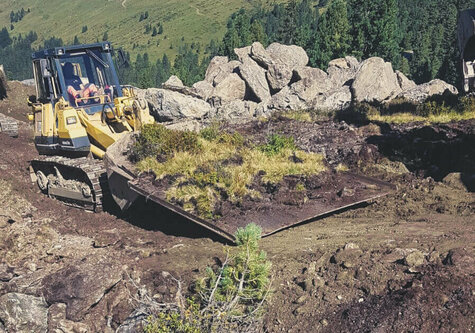
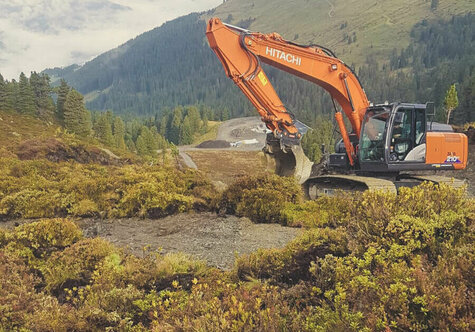

Floodlit Zell am Ziller valley run
We in the Zillertal Arena are proud of our valley run, as it is one of the longest valley runs in Austria, which is floodlit to enhance the options and attractiveness in winter. Contrast and shade are particularly important criteria when planning ski run lighting systems. Around 3,000 to 4,000 Kelvin of warm white LED light is much more environmentally friendly and makes it possible to clearly recognise colours. That’s why we decided on this first LED lighting system in Austria for the ski run area. The use of light outdoors at night is an integral part of our way of life, regardless of the numerous restrictions. Careful use of artificial light is therefore all the more important and contributes significantly to the protection of the habitat, flora, fauna and the natural balance.
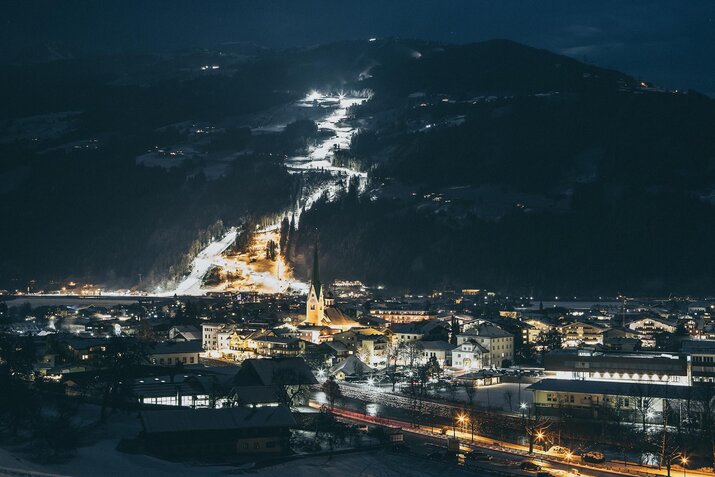
Wiesenalm Zell am Ziller
A strong focus was placed on sustainability during the construction of the Wiesenalm. In addition to a carbon-neutral pellet heating system, the waste heat from the gears of the nearby Rosenalmbahn and Karspitzbahn gondolas is also used in combination with a heat pump for heating and hot water production at the Wiesenalm. Furthermore, the Wiesenalm’s entire power supply comes from 100% renewable energy sources: firstly, the electricity is generated from our own photovoltaic system on the roof of the Rosenalmbahn cable car bottom station and secondly, all the electricity purchased from TIWAG (Tiroler Wasserkraft AG) is also 100% carbon-neutral.
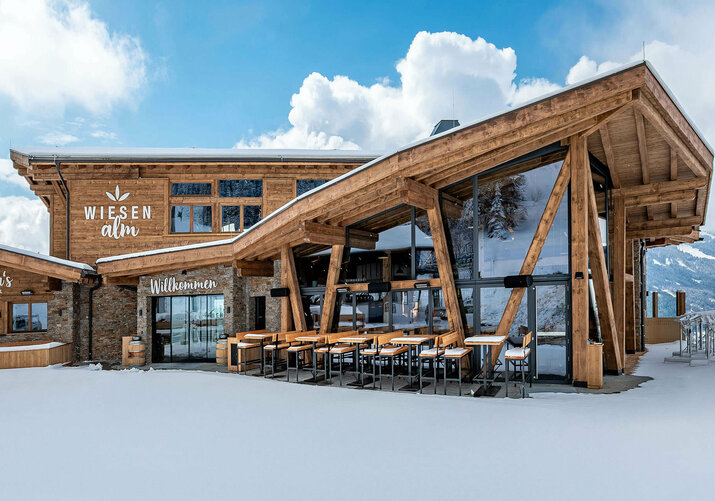
Umbrella Bar Gerlos
The new construction of the Umbrella Bar in Gerlos took the traditional business to a new level in terms of facilities and infrastructure. The location of the Umbrella Bar alone is unique: situated on the Moseltret, guests have a spectacular panoramic view of Gerlos and the Reichenspitz mountain range. The sunny Umbrella Bar is also easy to reach by skis, ski bus or on foot.
Stichwort Sonne: The new building is heated with solar energy and biomass. This confirms once again that the path the Zillertal Arena took years ago is being constantly pursued.
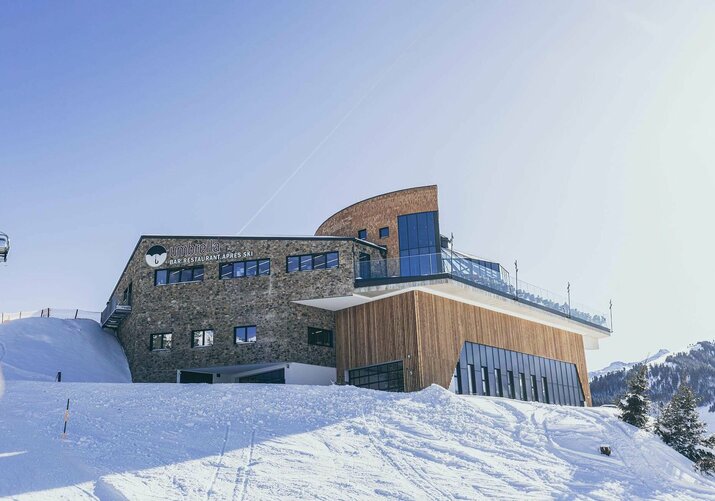
Dispelling myths
The electricity demand of all cable cars in Austria amounts to 750 GWh (= just 1.2% of the total domestic energy demand) including technical snowmaking. Standby losses alone waste more than 800 GWh per year in Austria.
- Austria’s cable car industry secures almost 125,900 full-time jobs. 17,100 directly with the cable car companies and 108,800 jobs with industries that directly benefit or indirect upstream providers.
- WHAT DOES AUSTRIA GAIN FROM THIS?
Winter sport cable car users generate gross revenues of about €11.2 billion per year (cable cars, accommodation, catering, sports retail, etc.)
The value added multiplier is 8.3 i.e. €1,000 in wages, salaries, profits and depreciation for cable cars bring in €8,300 in revenue for the region!
The Republic of Austria benefits with an annual turnover tax revenue of over €1 billion. - About 525,000 kWh per winter are needed to cover a ski area with 30 hectares of slopes with artificial snow.
TO COMPARE: A municipal indoor swimming pool has a demand of approx. 750,000 kWh per year. - The total energy consumption per skier and day (for cable cars, snowmaking, piste preparation, catering, heating and infrastructure) is 18.0 kWh
TO COMPARE: A journey using a modern medium-sized car (7 l per 100 km) from Vösendorf to Baden with a distance of 26 km and a driving time of about 23 minutes corresponds to a whole day of skiing. // Half an hour of jet skiing at sea = 7 daysskiing. // If a person flies from Vienna to Palma de Mallorca, this person could go skiing for 30 days for the same energy expenditure in Austria. // If a person flies 8,906 km from Vienna to the Caribbean, this person could go skiing for 105 days for the same energy expenditure in Austria AND take the cable car for hiking in the mountains every day in summer from July to September. // If a person travels 7,780 km on a medium-sized modern cruise ship from Hamburg to New York, this person could go skiing for 351 days for the same energy expenditure in Austria. - GOOD TO KNOW: Energy savings of 20% have been recorded in Austrian ski resorts over the last 10 years!

